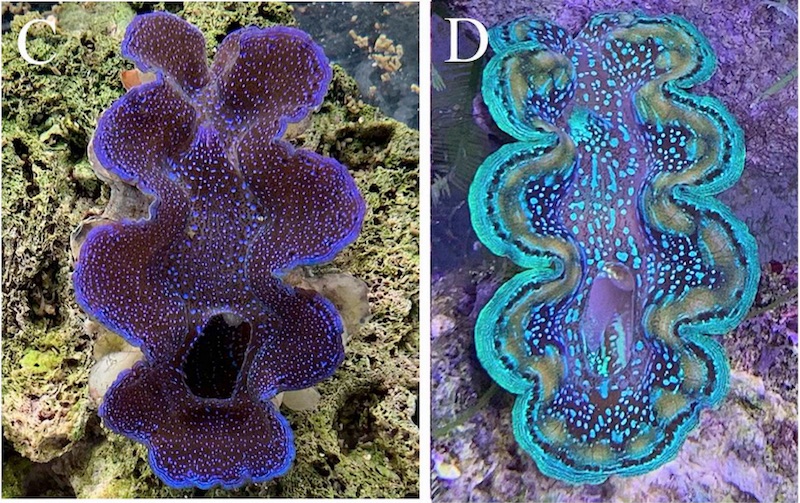After so much contention in the hobby nice to see these are real and how the parents matter.


Science Sheds Light on Squamosa x Crocea Clam Hybrids | Reef Builders | The Reef and Saltwater Aquarium Blog
Hybrid giant clams have been an enigma to the aquarists who seek to understand them in order to better provide for these treasured bivalves. Finally a new research experiment not only confirmed the…
reefbuilders.com















